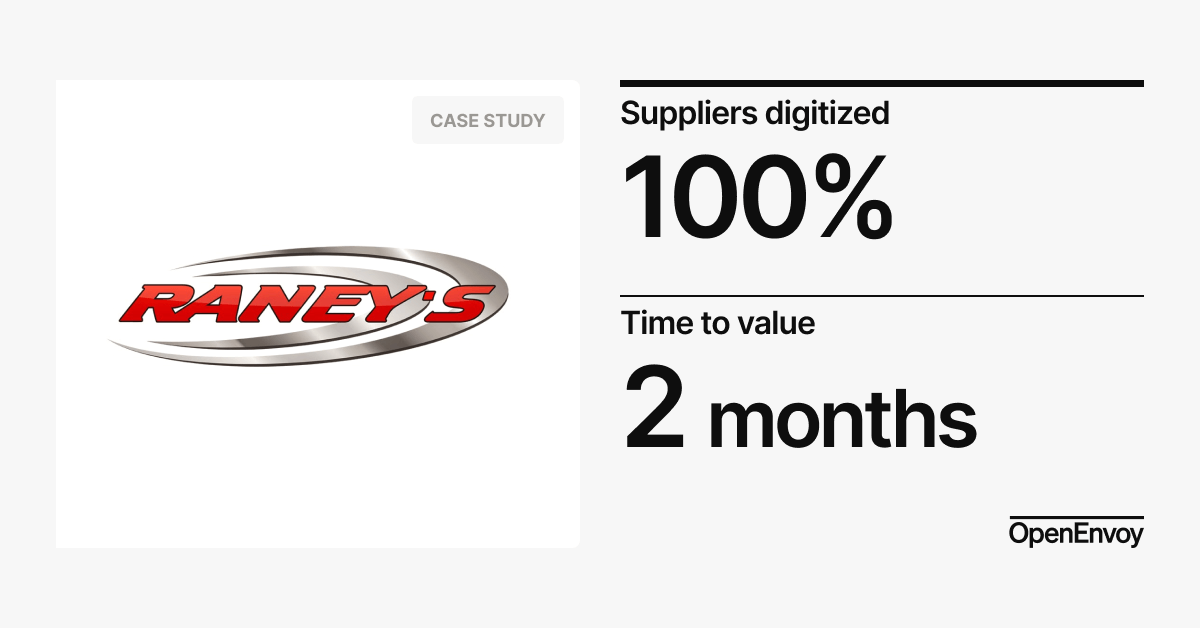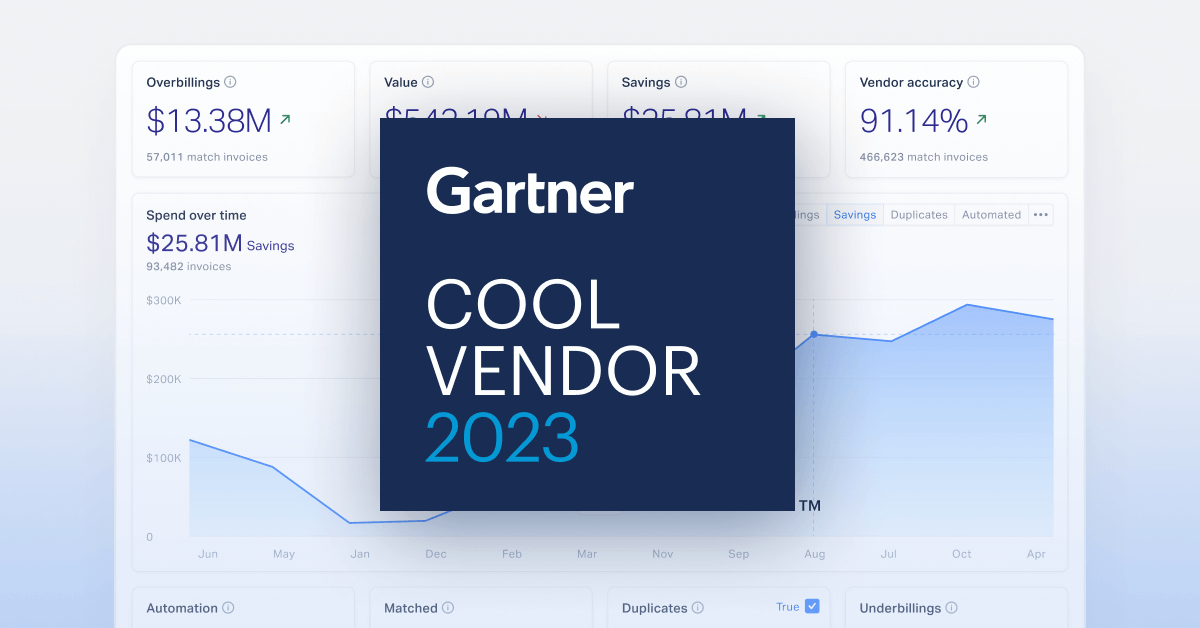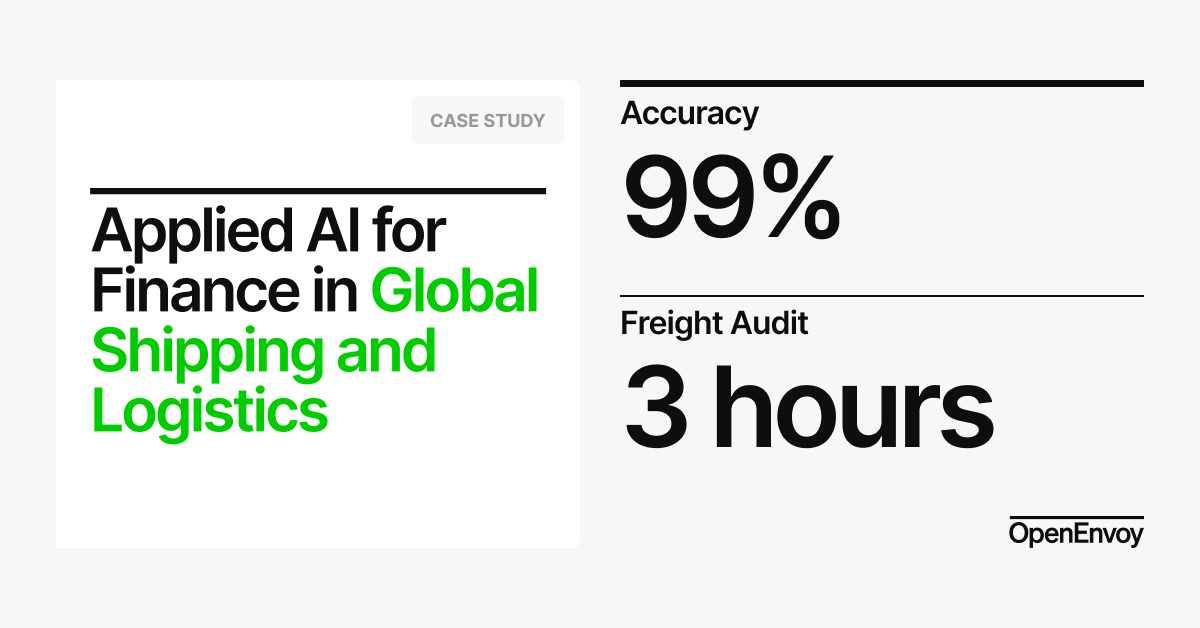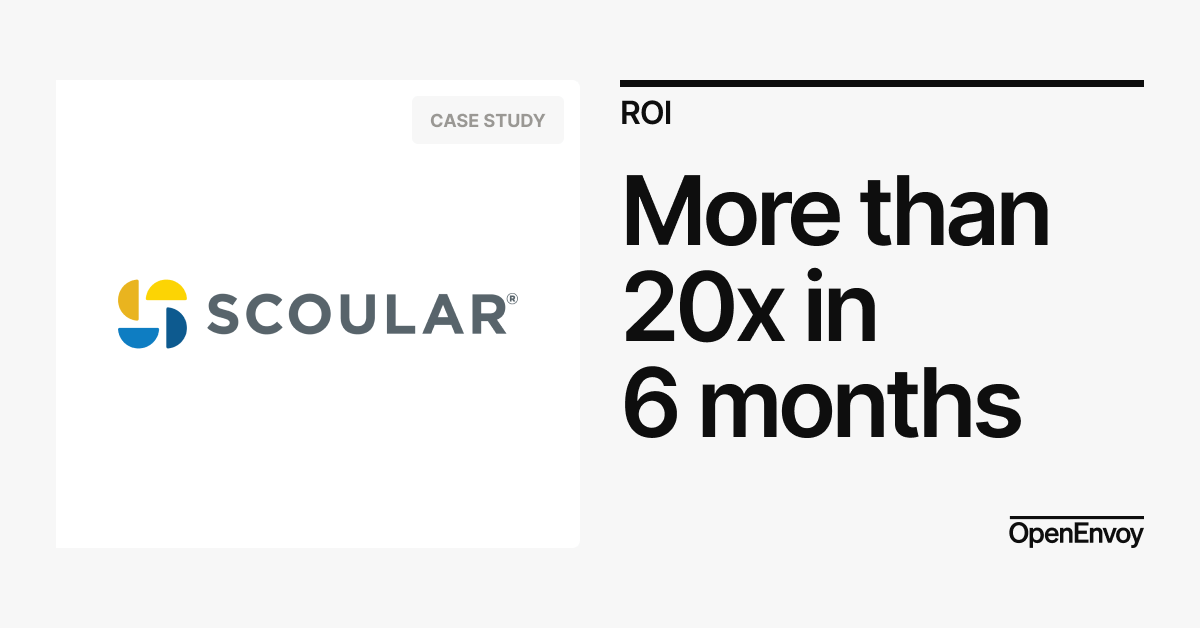Freight audit has traditionally been a finance-driven process, focused on cost control and eliminating overpayments. However, with modern freight operations spanning multiple ERPs, transportation management systems (TMS), and third-party logistics platforms, IT teams play an increasingly critical role in ensuring data accuracy, automation, and compliance.
Without seamless IT and finance collaboration, freight audits become reactive, expensive, and inefficient. The key to a smarter, real-time freight audit process is breaking down silos and fostering cross-functional collaboration between IT and finance. Here’s how the two departments can work together to prevent overcharges, optimize vendor relationships, and ensure financial compliance.
The traditional challenges of freight auditing
Freight auditing is a high-stakes process that requires reconciling thousands of invoices against rate agreements, contracts, and shipment details. However, finance teams often struggle with challenges such as:
- Overpayments & cash flow issues – Freight invoices frequently include incorrect charges, leading to overpayments that impact working capital.
- Delayed cost recovery – Post-payment audits take months to recover funds, adding inefficiencies to the financial process.
- Lack of real-time visibility – Without instant access to shipment and contract data, finance teams must rely on manual invoice reviews.
- Vendor disputes – Disputing charges after payment strains vendor relationships and complicates future rate negotiations.
Meanwhile, IT teams face their own challenges when it comes to freight invoice processing:
- Complex ERP & TMS integrations – Freight invoices often require data from multiple systems, making integration a major hurdle.
- Lack of standardization – Freight billing varies by carrier, region, and transport mode, complicating automation efforts.
- Data quality issues – Errors in invoice formats, missing data, and duplicate submissions create reconciliation headaches.
- Compliance mandates – Global e-invoicing regulations and other country-specific mandates require IT to support structured invoice formats.
- Post-implementation maintenance – IT teams worry about long-term system upkeep, making low-maintenance solutions a necessity.
These challenges underscore why IT and finance need to work together to streamline freight audit.
A unified approach to freight audit: IT & finance collaboration
To eliminate inefficiencies and reduce financial risk, IT and finance must move beyond reactive post-payment audits and adopt a proactive, AI-driven freight audit process. Here’s how collaboration between the two teams transforms freight invoice management:
1. Implement real-time freight invoice validation
Finance’s need: Finance teams want to prevent overcharges before payments are made rather than recover costs months later.
IT’s role: IT enables real-time freight invoice validation by integrating financial systems (ERP) with TMS data, contract rate tables, and vendor billing portals. With automated validation, invoices are reconciled against contracts before they hit finance’s accounts payable queue.
✅ Outcome: Finance eliminates overpayments, and IT ensures smooth data reconciliation between systems.
2. Automate multi-rate invoice matching to prevent overcharges
Finance’s need: Freight invoices contain multiple charges—spot rates, assessorial fees, fuel adjustments—which need to be reconciled against contracts.
IT’s role: IT teams implement AI-powered invoice matching that cross-checks multiple rate cards and shipment conditions in real-time. By validating invoices before payment, overcharges are prevented rather than identified after the fact.
✅ Outcome: Finance gains visibility into discrepancies, and IT ensures that freight invoices match contracted rates before approval, eliminating unnecessary payments.
3. Detect and prevent duplicate invoices
Finance’s need: Duplicate invoices submitted across different ERPs lead to unintentional double payments.
IT’s role: AI-powered fraud detection algorithms flag duplicate submissions before they are processed, reducing financial risk.
✅ Outcome: Finance avoids costly overpayments, and IT strengthens data integrity across ERP and TMS platforms.
4. Ensure compliance with global e-invoicing mandates
Finance’s need: To meet global e-invoicing regulations, finance must ensure invoices are submitted in legally structured formats.
IT’s role: IT teams configure invoice workflows to support country-specific e-invoicing mandates, ensuring seamless data processing.
✅ Outcome: Finance remains compliant with local regulations, and IT ensures seamless invoice transmission across global operations.
5. TMS-ERP integration for complete freight audit
Finance’s need: Finance teams require full visibility into shipment details, rate agreements, and vendor billing records to ensure accurate freight auditing.
IT’s role: Integration between ERPs and TMS platforms enables data ingestion from multiple sources—including shipment documentation, customs forms, and rate cards—to create a single source of truth for freight invoices. This ensures that all necessary data points are captured automatically, eliminating manual intervention and reducing the risk of missing critical information.
✅ Outcome: Finance gets full transparency into freight invoice reconciliation, and IT ensures all necessary data points are captured without manual intervention.
6. Low-maintenance, scalable solution for IT teams
Finance’s need: Finance wants a system that adapts over time without requiring constant IT intervention.
IT’s role: A low-maintenance post-implementation setup, with automated updates, configurable workflows, and minimal manual reconfiguration requirements. IT teams don’t have to worry about frequent troubleshooting or excessive customization. The system is built to scale without requiring extensive IT oversight, reducing operational burden.
✅ Outcome: IT teams can implement a scalable, future-proof solution with no ongoing upkeep.
How OpenEnvoy enables freight audit for IT & finance
For IT teams:
- Seamless ERP & TMS integration with minimal configuration.
- Real-time invoice validation to prevent discrepancies before payment.
- Automated fraud detection to eliminate duplicate invoices across systems.
- Low-maintenance system with automated updates and scalable architecture.
- Compliance-ready workflows to support structured e-invoicing formats.
For finance teams:
- Pre-payment freight invoice auditing to eliminate overcharges.
- Multi-rate invoice matching against contracts, spot rates, and assessorial fees.
- Automated dispute resolution with full audit trails.
- Real-time cost insights for better cash flow and vendor negotiations.
- Stronger vendor relationships by avoiding reactive clawbacks.
IT and finance teams must take the lead in transforming freight invoice management—before the next overpayment hits the books. 🚀 Book a 15 minute call to see how you can optimize your freight audit process.





